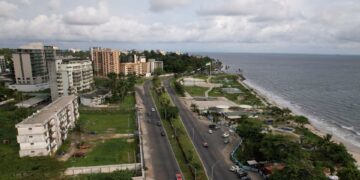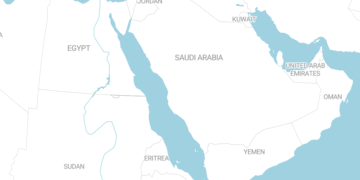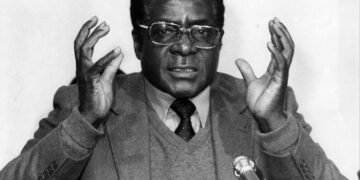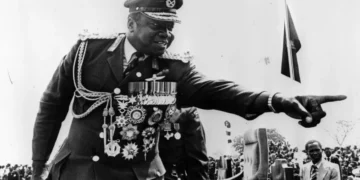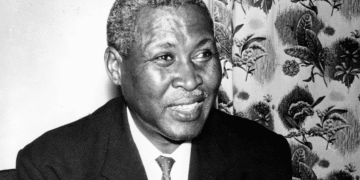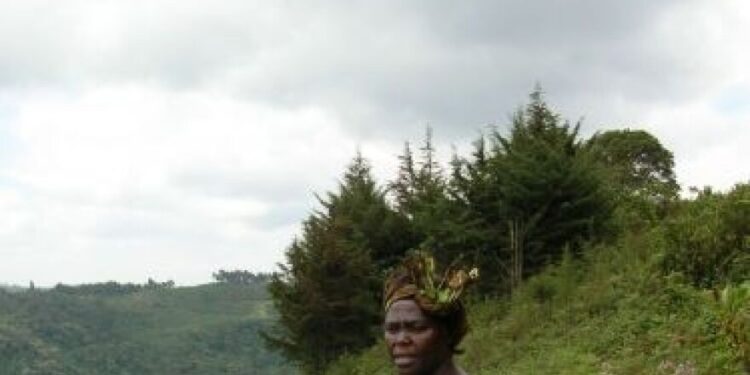The life of Wangari Maathai, the first African woman to win the Nobel Peace Prize, exemplifies the intersection of environmental activism and the struggle for social and political rights. From her upbringing in rural Kenya to her tenure as a government official, Maathai dedicated her life to environmental advocacy, women’s empowerment, and the fight against corruption. Maathai’s legacy cannot be understood without understanding the context in which she was raised, from her education abroad, to her founding of the Green Belt Movement, to her confrontations with the Kenyan political system.
Wangari Maathai was born on April 1, 1940, in Ihithe, Kenya. She came from a modest family, belonging to the Kikuyu ethnic group. Her father was a farmer, and her mother was a homemaker. Maathai grew up in a lush natural environment, where forests and rivers were part of her daily life. It was this connection with nature that shaped her early awareness of the importance of environmental conservation.
Maathai was fortunate to receive a good education. After graduating from high school, she received a scholarship to study in the United States as part of the Joseph F. Kennedy Education Support Program in Kenya. In 1964, she earned a Bachelor’s degree in Biology from Mount St. Scholastica College in Kansas. She then pursued graduate studies at the University of Pittsburgh, where she earned a Master’s degree in Biology in 1966. These years abroad were crucial in broadening her horizons and exposing her to liberal and progressive ideas.
After returning to Kenya, Maathai worked as a professor at the University of Nairobi’s College of Veterinary Medicine. In 1971, she earned a Doctor of Veterinary Anatomy from the University of Nairobi, becoming the first woman in East and Central Africa to earn a doctorate. This achievement was a milestone in her life, demonstrating her ability to achieve academic success in a male-dominated environment.
In the 1970s, Maathai began noticing environmental degradation in Kenya. Forests were being cut down, soil was eroding, and rivers were drying up. Economic conditions were worsening, and women in rural areas were suffering from water and firewood shortages. In 1977, Maathai founded the Green Belt Movement, a non-governmental organization that aimed to address these problems. The movement’s idea was simple: to encourage rural women to plant trees to protect the environment and improve their livelihoods.
In the beginning, the movement faced significant challenges. Maathai lacked funding, and her idea was considered strange by some. But she didn’t give up. She began organizing small workshops for women, teaching them how to plant trees and protect the soil. These workshops served as a platform for women to gather, share experiences, and talk about their problems.
The movement quickly grew and became a national phenomenon. Maathai believed that planting trees was not just an environmental act, but also a tool for social and political empowerment. By planting trees, women gained income, became more independent, and developed a sense of belonging to their communities.
Political Struggle and Confrontations: Environment vs. Power
The Green Belt Movement constantly clashed with the political system in Kenya. Maathai believed that political corruption was the primary cause of environmental degradation in the country. Successive governments were granting land to foreign companies and clearing forests for projects that did not serve the national interest.
Maathai faced numerous challenges and harassment. In 1989, she objected to the construction of a skyscraper in Nairobi’s Uhuru Park (Independence Park). The project was supported by the government, and Maathai rejected the idea, viewing it as an attack on the city’s green spaces. Her campaign was successful, forcing the government to back down on the project.
Maathai became a hated figure within the regime. She was subjected to arrest, threats, and an assassination attempt. In 1991, while protesting the arrest of political opponents, she was severely beaten by police, sparking international outrage.
In 2002, the political landscape in Kenya changed. The opposition won the elections, and Maathai became a member of Parliament. In 2003, she was appointed Assistant Minister of Environment and Natural Resources, giving her a formal platform to continue her work.
In 2004, Wangari Maathai won the Nobel Peace Prize, becoming the first African woman to receive this honor. The Nobel Committee commended her for her “contribution to sustainable development, democracy, and peace.” The award served as global recognition of the importance of her work and that environmental protection is inseparable from human rights.
After winning the Nobel Prize, Maathai became a global voice. She traveled the world, spoke at international conferences, and published several books. Her speeches emphasized the importance of linking environmental issues with social issues, such as poverty, corruption, and conflict. She believed that environmental degradation leads to increased poverty, which in turn leads to instability.
Wangari Maathai died on September 25, 2011, at the age of 71, after a battle with cancer.
Her legacy is complex yet powerful. On the one hand, she is seen as a historical figure who inspired millions in Africa and the world, proving that individuals can bring about radical change. The Green Belt Movement is seen as a successful model of sustainable development. On the other hand, she faced many criticisms. Some considered her approach to dealing with governments confrontational and that she was seen as a nuisance. Some economists also argue that her policies were not always effective.










